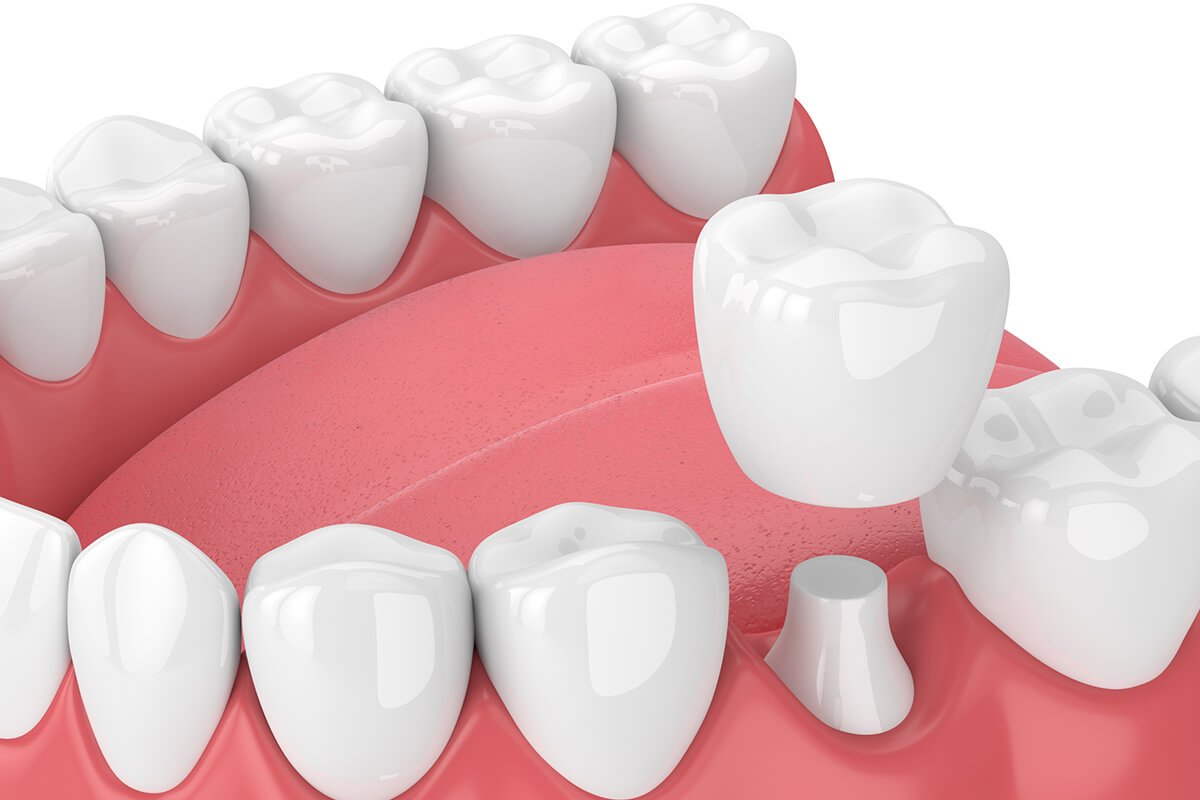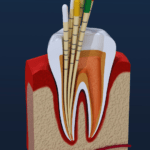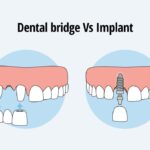dental crown how long does it take
Getting a dental crown usually takes two appointments over a few weeks. The first appointment involves preparing the tooth and taking impressions, while the second appointment involves placing the permanent crown.
This process allows for the creation of a custom-fit crown that matches the shape and color of your natural teeth. Patients may experience minimal discomfort throughout the procedure, and the result is a durable and aesthetically pleasing dental restoration that can last for many years.
It’s essential to consult with your dentist to understand the specific timeline for your dental crown procedure and to address any concerns you may have.
Introduction to Dental Crowns
The process of getting a dental crown usually requires two separate appointments and a few weeks to complete. After the initial appointment, the dental impression is sent to a lab, where the crown is custom made. The second appointment involves placing the permanent crown onto the tooth.
The role of dental crowns
Dental crowns play a vital role in restoring damaged teeth. Various materials are used to make crowns, including porcelain, metal, and ceramic. The process usually requires two appointments for completion. Patients may experience minimal discomfort during the procedure. The time taken to place a dental crown can vary from a single day to multiple weeks, depending on the type of crown chosen. After the initial appointment, there is typically a wait of about two weeks for the crown to be ready for placement.
Initial Consultation
When getting a dental crown, the initial consultation is essential for determining the treatment plan. The dentist will assess the tooth, discuss the process, and provide an estimated timeline for the procedure. This consultation sets the foundation for understanding how long it will take to complete the dental crown.
When you first visit the dentist for a dental crown, they will begin with an initial consultation to discuss your options and address any concerns.
During this consultation, the dentist will examine the tooth that needs the crown and determine the best type of crown for your specific case.
Factors such as the location of the tooth, the extent of damage, and your budget will influence your decision on the most suitable crown type.
Preparation Process
The preparation process for a dental crown involves tooth reshaping to create space for the crown and impression-taking to ensure a precise fit. During the reshaping, the dentist will remove a thin layer of the outer enamel to allow the crown to fit securely. Following this, an impression of the prepared tooth is taken to create a mold for the custom crown. This mold is then sent to a dental laboratory where the permanent crown is fabricated. Once the crown is ready, it is cemented onto the reshaped tooth, completing the process.
Crown Fabrication
With crown fabrication, the time it takes can vary depending on the specific case. The lab work and customization of the crown typically require approximately two weeks. During this period, the dental laboratory meticulously crafts the crown to ensure a precise fit and natural appearance. A temporary crown fitting may be performed to protect the prepared tooth while the permanent crown is being fabricated.
The Waiting Period
For dental crowns, the entire process usually takes two appointments, with a waiting period in between. During the initial visit, the dentist prepares the tooth and takes an impression, which is then sent to a lab for the fabrication of the permanent crown. The waiting period, typically lasting around two weeks, allows the lab to create a customized crown that perfectly fits your tooth. In the meantime, a temporary crown is placed to protect the prepared tooth. It’s crucial to care for the temporary crown by avoiding sticky or hard foods and by practicing gentle brushing and flossing to prevent dislodgement. Once the permanent crown is ready, the second appointment involves removing the temporary crown and cementing the new one in place.
The Fitting Appointment
The fitting appointment for a dental crown is a crucial step in the process. The permanent crown placement usually takes place during this appointment. The dentist will carefully place the crown and make any necessary adjustments to ensure a proper fit. Bite alignment is also assessed and addressed to ensure that the crown fits comfortably and functions correctly.
Same-day Crowns
Same-day crowns are becoming more popular as they can be completed in just one appointment rather than multiple visits over a few weeks. Traditional crowns can take several appointments and a few weeks to complete. In contrast, same-day crowns use advanced technology to create and place the crown in just a few hours.
Dental Crown Procedure Duration
Immediate fabrication and placement using CAD/CAM technology offers same-day crowns.
Traditional crowns may require two appointments and weeks for completion.
The initial appointment involves impressions, model creation, and temporary crown placement.
Lab time is needed for wax replica production and crown customization.
Same-day crowns minimize wait time and provide efficient and quick restoration.
Post-procedure Expectations
Following the placement of a dental crown, mild sensitivity is expected. This discomfort usually subsides within a few days as the mouth adjusts to the restoration. Maintain good oral hygiene and attend follow-up appointments for long-lasting results.
Post-Procedure Expectations
Recovery time: After getting a dental crown, expect some sensitivity for a few days.
Long-term care for dental crowns: Practice good oral hygiene and avoid chewing hard foods.
Factors Influencing Duration
Factors influencing the duration of getting a dental crown include the type of crown chosen and the number of appointments required. Traditional crowns usually take two visits over a few weeks, while same-day crowns can be completed in a single day.
The process involves creating impressions, crafting the crown, and fitting it onto the tooth.
Type of crown: the type of crown chosen can affect the duration of the process.
Dental lab workload: the workload at the dental lab can impact the time taken to fabricate the crown.
Revision needs: additional revisions might be required, extending the overall duration.
The type of crown selected plays a crucial role in determining the time taken. The workload at the dental lab can impact the process. Revisions needs, if any, can also influence the overall duration. The duration may vary based on these factors.
Pain and Discomfort Management
For pain and discomfort management during a dental crown procedure, anesthesia and sedation options are available for patients who are anxious or have a low pain tolerance. Local anesthesia is commonly used to numb the area around the tooth being worked on, while conscious sedation can help patients relax during the procedure. Post-procedure care is also essential in minimizing discomfort, which may include avoiding hard or sticky foods and taking over-the-counter pain medication as directed by the dentist. However, it’s important to note that the dental crown procedure is typically very easy for both the dentist and the patient, resulting in minimal discomfort throughout the entire process.
Frequently Asked Questions
How long does it take to get a dental crown put on?
Getting a dental crown usually takes two sessions, spanning a few weeks for traditional crowns.
Is it painful to have a crown put on your tooth?
Getting a crown put on your tooth is typically very easy and results in minimal discomfort.
How long does it take just to put the crown on?
Getting a dental crown is typically done in two appointments over two weeks. The first visit involves preparing the tooth and taking impressions, while the second visit involves placing the permanent crown.
Why does it take so long?
The dental crown process takes time because the impression needs to be sent to a lab, where the crown is custom made.
Conclusion
The process of getting a dental crown can vary depending on the type of crown you choose. Traditional crowns typically require two appointments and a few weeks to complete.
In contrast, same-day crowns can be completed in a single visit. Despite concerns about pain and discomfort, the procedure is generally easy for both the dentist and the patient, with minimal discomfort throughout the process.
Overall, getting a dental crown is a common and effective way to restore the function and appearance of a damaged tooth.




